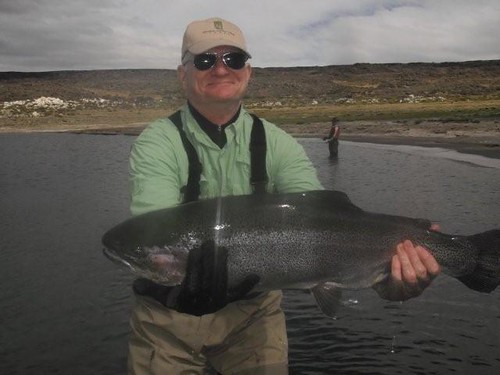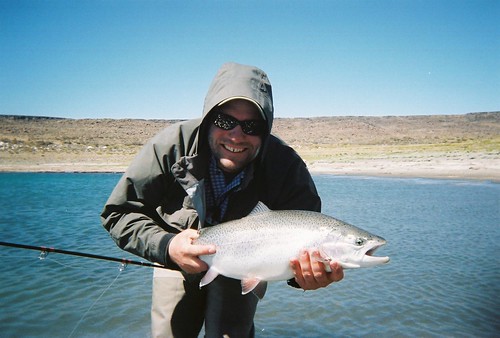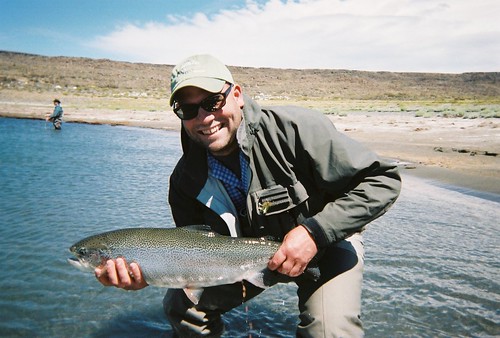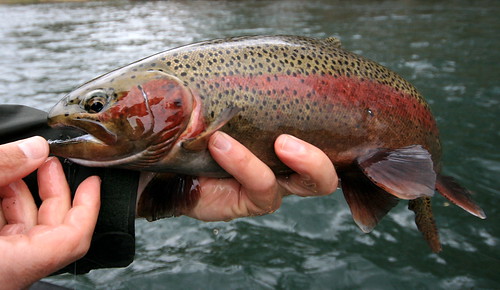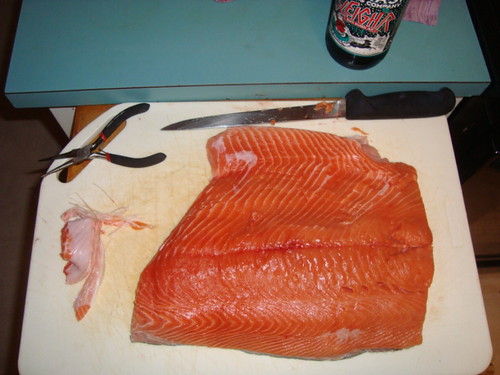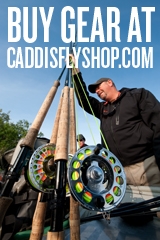Dave Hughes, co-author of Western Hatches, author of Trout Flies, and 20 other titles will be at The Caddis Fly on Feb 27th.
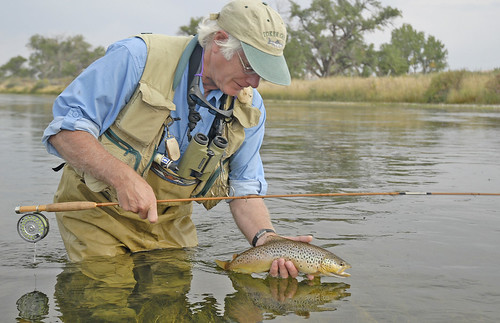
Dave will be putting on a workshop on the Elements of Fly Fishing For Trout from 9am-3pm for $50/person, 20 person maximum. From 4pm-5pm Dave will be doing a book signing and tying demo, free and open to the public following.
Elements of Fly Fishing for Trout (a 4- to 5-hour workshop).
Includes the following three slide shows and a casting demonstration if space and weather permit.
Reading Trout Water: Learn to read water and find trout in creeks, streams, rivers, plus lakes and ponds. The initial skill in trout fishing is learning to focus your fishing in water where trout hang out, and to eliminate time wasted fishing water where they do not. Based on Dave’s books Reading Trout Water.
Selecting Trout Flies: Learn how to select the right type of fly—dry, emerger, nymph, wet fly, or streamer—for the situation you’re in: the type of water you’re fishing, and the naturals, or lack of them, that trout might be taking. Based on Dave’s books Handbook of Hatches, Trout Flies and Essential Trout Flies.
Tactics for Trout: Learn the most effective rigs, casts, and methods to present dry flies, nymphs, wet flies, and streamers to trout on waters moving and still. Based on Dave’s books Dry Fly Fishing, Nymph Fishing, and Trout Rigs and methods.
Casting Demonstration (weather permitting): Covers appropriate tackle selection for all types of trout fishing. Demonstrates the parts of the basic casting stroke, variations on the basic cast, and casts to apply the methods covered in the workshop. This is not a distance casting demonstration, rather a presentation of practical fishing casts that actually catch trout.
Dave Hughes: Dave is author of more than 20 books about fly fishing. They include the classic Western Hatches with Rick Hafele, American Fly Tying Manual, Handbook of Hatches, Reading Trout Water, Dry Fly Fishing, Nymph Fishing, and the massive reference Trout Flies. His latest book, published in 2009, is Nymphs for Streams and Stillwaters.
Call the shop to reserve your spot ASAP: 541-342-7005.

